Make the Most of Your Social Security Benefits
Maximize Your Benefits for a Stronger Retirement
When it comes to Social Security, timing is everything. We help you maximize Social Security benefits by comparing claiming ages, evaluating spousal and survivor rules, and coordinating tax impacts with the
rest of your plan. Our process aligns benefits with investments and healthcare decisions so your retirement income feels more predictable—whether you meet in
Salt Lake City or connect virtually from
Austin,
Houston,
Phoenix, or
Denver.
Spousal, Survivor, and Timing Questions We Help Answer
- Is Social Security going away, and will my benefit be reduced
- When should I begin my Social Security benefit—62, full retirement age, or 70?
- How is my benefit calculated, and what counts as covered earnings?
- Should benefit timing influence my investment strategy and withdrawal order?
- Why does my full retirement age matter for my household?
- How will my benefits be taxed, and can I manage the tax impact on provisional income?
- What is COLA and how does it affect purchasing power over time?
- If I keep working, how will the earnings test affect benefits before full retirement age?
- How can we coordinate spousal and survivor benefits for the strongest outcome?
- If I already started, can I pause, withdraw, or adjust my plan?
How We Help You Optimize Your Benefits
Claiming Strategies
We evaluate the trade-offs of starting benefits at 62, waiting until full retirement age, or delaying to 70—modeling cash flow, health factors, and household needs so you can make an informed decision.
Tax Planning
We coordinate benefits with withdrawals, model
Roth conversions before claiming, and watch
IRMAA thresholds so taxes are managed across years—not just one filing season.
Spousal and Survivor Benefits
We review the higher earner’s strategy, spousal eligibility, and survivor rules to support the household’s long-term income picture.
Longevity Planning
We stress test different lifespans and inflation (COLA) so the plan remains practical even as circumstances change.
When to Claim (What Really Drives the Decision)
The “best” age depends on your work plans, savings and pensions, health history, and whether survivor protection matters more than the highest monthly check. We compare claiming ages, consider part-time earnings, evaluate spousal coordination, and show how each choice affects taxes and healthcare costs over time.
Tax Coordination (Provisional Income at a Glance)
Taxation of benefits depends on provisional income. We model withdrawals from taxable, tax-deferred, and Roth accounts, consider conversions in the years before claiming, and align strategies with Medicare to avoid surprises where possible.
Make the Most of Your Social Security
A clear strategy turns a complicated decision into a confident step. We’ll explain tradeoffs in plain language, map a timeline, and coordinate next moves with your broader retirement plan.
Social Security FAQs for Retirees and Business Owners
What age should I claim?
We compare outcomes at 62, full retirement age, and 70, then weigh cash-flow needs, health considerations, and survivor goals so timing supports your overall plan.
How do spousal and survivor benefits work?
We review primary, spousal, and survivor rules, focusing on the higher earner’s strategy and household protection so the benefit structure fits your family’s needs.
What are WEP and GPO?
Certain public-sector pensions can reduce retirement or spousal benefits under the Windfall Elimination Provision and Government Pension Offset; we plan around these rules and their exceptions.
Can working reduce benefits?
Before full retirement age, the earnings test can temporarily reduce monthly payments above income limits; withheld amounts are not lost and may be adjusted later.
How are benefits taxed?
Up to 85% of benefits can be taxable depending on provisional income. We coordinate withdrawals, potential Roth conversions, and charitable giving to help manage brackets over time.
